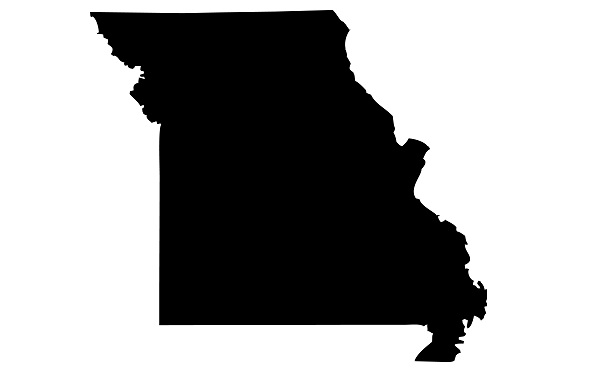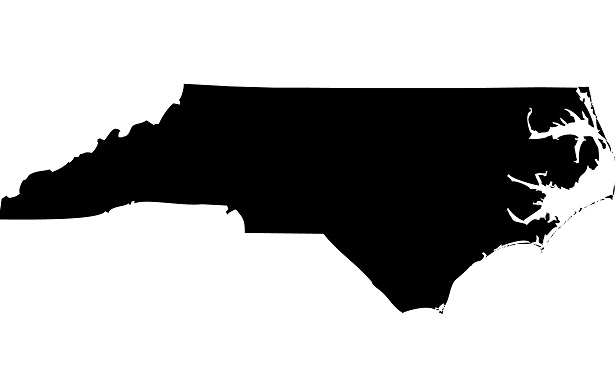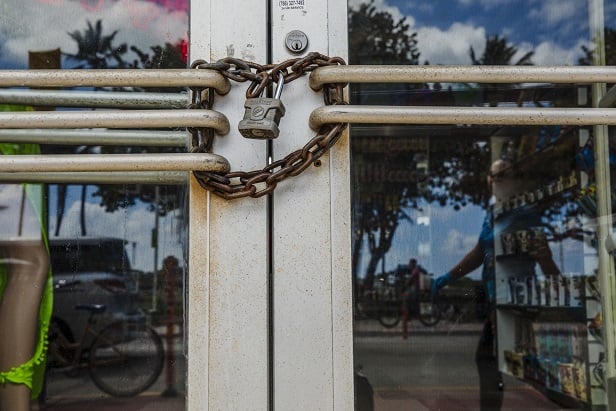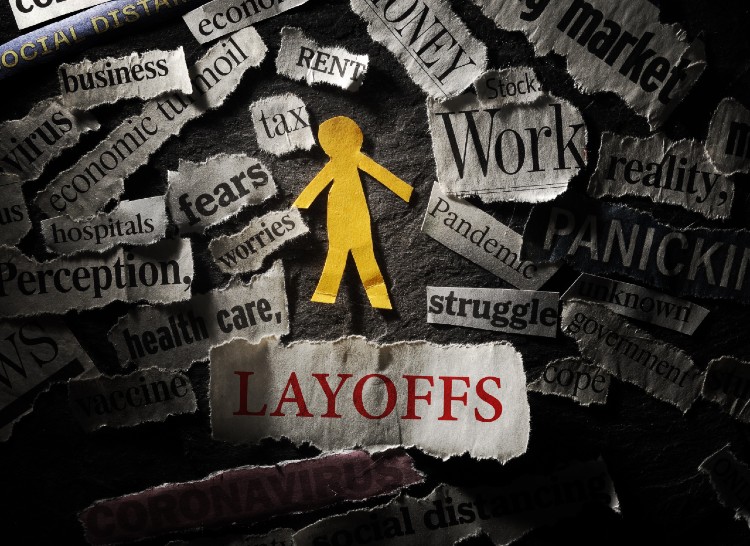Depending on the ultimate unemployment rate that the United States could incur due to COVID-19, the number of people ceasing to have employer-sponsored health care could range from 12 million to 35 million – but enrollment in Medicaid would increase, according to a report by Health Management Associates.
HMA analyzed the COVID-19 impact to the labor market under three unemployment rate scenarios – 10 percent, 17.5 percent and 25 percent — and found that roughly 58 million non-elderly individuals who have employer-sponsored coverage and earn less than $50,000 annually could be disproportionally impacted.
Related: 10 states where unemployment is rising the most
As such, Medicaid enrollment could increase from 71 million to 94 million across all states over the next several months (Medicaid enrollment could grow by 5 million regardless of the number of people who lose their jobs, the authors add).
However, uninsured numbers could increase to 40 million, with bigger impacts in non-expansion states, according to the report.
“While job loss will qualify many people for Medicaid in expansion states, one-third of all jobs are in non-expansion states,” the authors write. “Given the inability of some newly unemployed individuals in non-expansion states to qualify for Medicaid, we estimate the uninsured rate could increase more acutely in these areas compared to expansion states.”
HMA’s analysis also found that the Affordable Care Act marketplace would likely see both new entrants and attrition due to job loss. Nearly 60 percent of current marketplace enrollees receive subsidies, and if they lose their jobs, they would likely move to Medicaid.
“At the same time, some workers who lose employer-sponsored insurance due to lost or reduced employment will enter the marketplace,” the authors write. “Our overall marketplace enrollment estimates appear flat because entries and exits are expected to occur at roughly equal levels.”
This is the first economic downturn since Medicaid expansion, and what the country is experiencing is “unprecedented,” HMA’s president Jay Rosen told Fierce Healthcare.
“With millions of Americans expected to enroll in Medicaid in the coming months, our COVID-19 impact estimates at the state level are critical for policymakers trying to begin the complex steps of implementing new laws and policies while navigating an array of financial implications,” Rosen said.
The extent to which new enrollment in Medicaid will be realized will be based on several factors, according to the report:
- Whether displaced workers and their families, who historically have limited experience with Medicaid, have proper contacts with the Medicaid eligibility system and ultimately enroll in the program.
- The operational capacity to process new applications and enroll a significant number of individuals prior to health and economic recovery. State efforts to streamline eligibility processes will require alignment amongst entities with roles in the process and associated eligibility system adjustments.
- Substantial decisions related to the Families First Coronavirus Response Act, state and federal policy clarifications, and CMS response to waiver applications impact the sensitivity of the estimates.
Read more:




 Home
Home



















 Copyright © 2024 ALM Global, LLC. All Rights Reserved.
Copyright © 2024 ALM Global, LLC. All Rights Reserved.